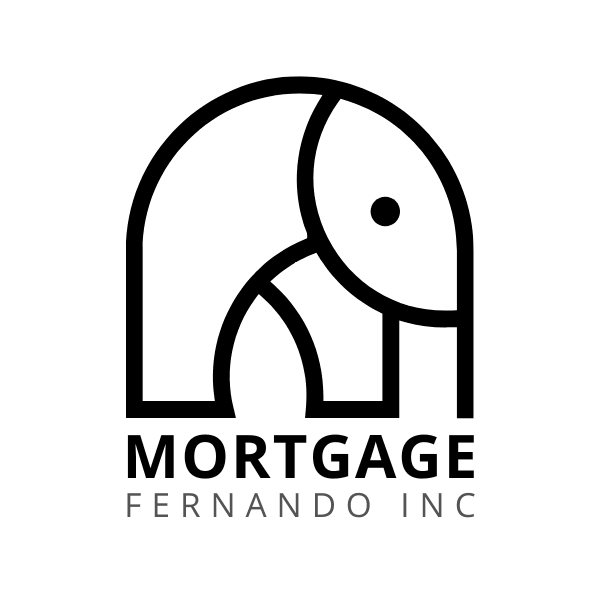Starting August 1st, 2024, first-time homebuyers looking at new constructions have a new option to lower their payments: 30-year amortizations for CMHC-insured mortgages. But is this option really beneficial, or does it come with hidden costs?
The Cost of Extending Amortization
Extending the standard 25-year amortization to 30 years increases the default insurance premium by 0.75% for high-ratio mortgages. For a mortgage with a 5% down payment, this translates to an 18.75% increase compared to the standard 4% premium. Essentially, borrowers will pay over $750 more per $100,000 borrowed.
Is It Worth It? Let’s Break It Down
Here's a comparison of the premiums:
The significant 75-basis-point increase is primarily due to the capital requirements introduced by OSFI in 2016 under the MICAT framework, which require higher capital for 30-year amortizations compared to 25-year ones.
Real-World Examples
Assuming a 95% LTV on the average CMHC-insured mortgage ($347,893):
Monthly Payment: $151 lower, totaling over $9,000 in 'savings' over five years at a 4.99% interest rate.
Default Insurance Fee: $2,479 higher, plus interest and sales tax.
Total Borrowing Cost: $4,369 higher over the first five years.
Mortgage Balance: $13,464 higher when renewing in five years.
Key Questions to Consider
If you are a first-time buyer considering an insured 30-year amortization, ask yourself these questions:
Can I qualify for a lower-cost 25-year amortization?
If not, and a 30-year payback is your only option, then you may not have a choice.
Am I comfortable with a heftier 25-year payment?
If you are, the extra premium and interest expense may not be worth it, depending on the following questions.
Do I have a better way of spending $151 a month (or whatever the difference is)?
For example, if you have high-interest credit card debt, using the extra funds to pay that off might be more beneficial.
Do I want to repay my mortgage with deflated dollars?
Inflation reduces the real value of money over time, so repaying a longer mortgage with cheaper dollars in the future could outweigh the higher interest cost.
Conclusion
Considering the easier qualification process, payment flexibility, time value of money, and opportunity costs, opting for a 30-year insured amortization can offset the higher initial borrowing costs over time. In the worst-case scenario, individuals who choose a 30-year amortization and later regret it can reduce the effective amortization period by making prepayments, possibly even below their contractual amortization. Furthermore, it's uncertain how much lenders will increase their interest rates for 30-year amortizations.
Making an informed decision is crucial. Analyze your financial situation, weigh the benefits against the costs, and choose the option that aligns best with your long-term financial goals. If you still have questions, reach out to us.


